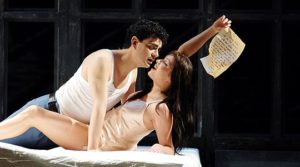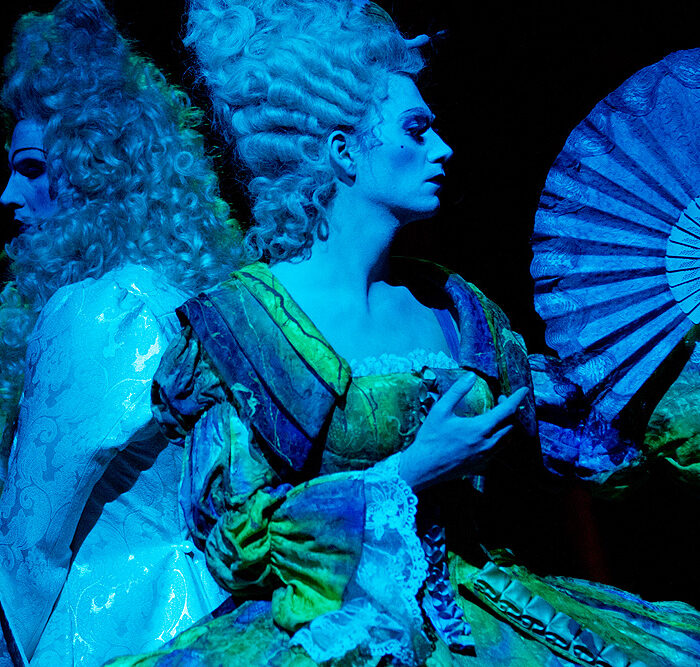
Opera Profile: Massenet’s Iconic ‘Manon’
By David SalazarMassenet composed legions of operas. But “Manon” remains the most renowned of his works, presenting frequently all around the world to this very day.
The opera had its world premiere on Jan. 19, 1884, and has never left the stage. Based on the Abbé Prévost’s famed novel from 1731, the opera takes liberties with the material, though the core of story, the relationship between the titular character and her lover Des Grieux, remains intact.
Short Plot Summary
After the introduction of a number of major characters, including the Minister of Finance Guillot, and Lescaut, Manon arrives in a coach completely confused. She is accosted by Guillot who tells her that he wants to run away with her. He even has a carriage waiting for them to run off. Lescaut lectures Manon, his cousin, on decency and then runs off again. She runs into Des Grieux who is off to see his father. They fall in love and run away on Guillot’s carriage.
Manon and Des Grieux are together, but things are not so good for Manon, who craves luxury. Lescaut arrives with de Brétigny, who tells Manon that Des Grieux will be abducted on orders of his father. De Brétigny also offers Manon wealth and protection to be with him. Des Griexux delivers a letter to his father asking to be able to marry Manon, but winds up being abducted at the end of the second act.
Manon is now de Brétigny’s lover and is enjoying his wealth. However, she hears the Comte des Grieux tell de Brétigny that his son has entered the seminary at Saint-Suplice. She rushes off in search of her lover. He initially rejects her, but can’t overcome her seductive ways and yields to her, throwing away any desire to become an Abbé.
At a gambling salon, Manon arrives with Des Grieux and convinces him to gamble. He defeats Guillot time and time again but is accused of cheating. Guillot leaves and returns with police, which arrests Des Grieux and Manon, on the grounds that she is a prostitute.
Manon is condemned to be deported. Des Grieux and Lescaut plot to save Manon, but realize there is no hope against so many soldiers. Des Grieux and Manon reunite one last time before she dies in his arms.
Famous Musical Numbers
Manon’s “Adieu, notre petite table” is one of the most subtle musical passages that Massenet ever wrote, the simple aria building rather gently as Manon reflects on leaving her lover and the domestic life they held together.
Des Grieux has two prominent arias, his dream “En fermant les yeux,” in which he relates his future with Manon. “Ah fuyez douce image” is the complete opposite tonally, a passionate plea to forgo his love for Manon.
The two also share two famous duets in Saint-Suplice and at the very end, wherein Manon’s final lines are “Et c’est là l’histoire de Manon Lescaut.”
Watch and Listen
One of the most famous performances of recent years features Rolando Villazón and Anna Netrebko when they were opera’s greatest match onstage.
Categories
Opera Wiki

